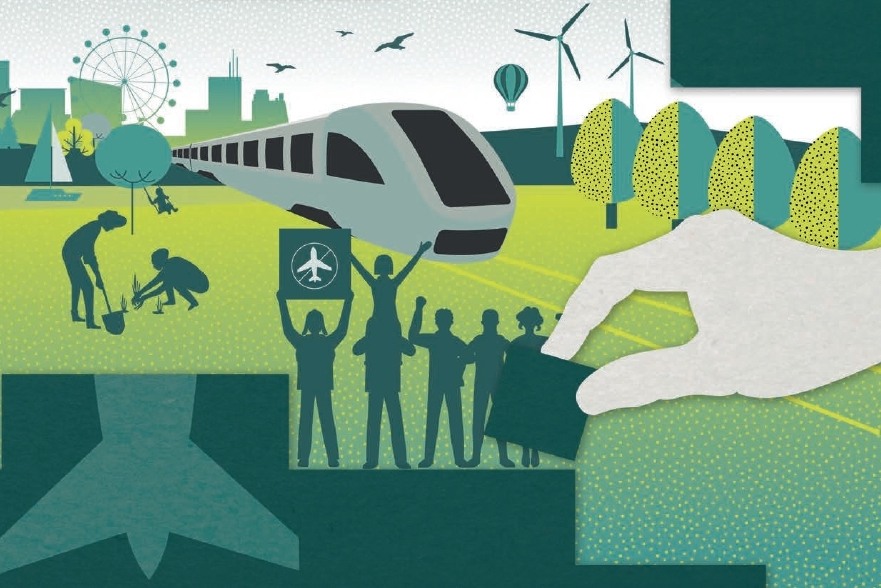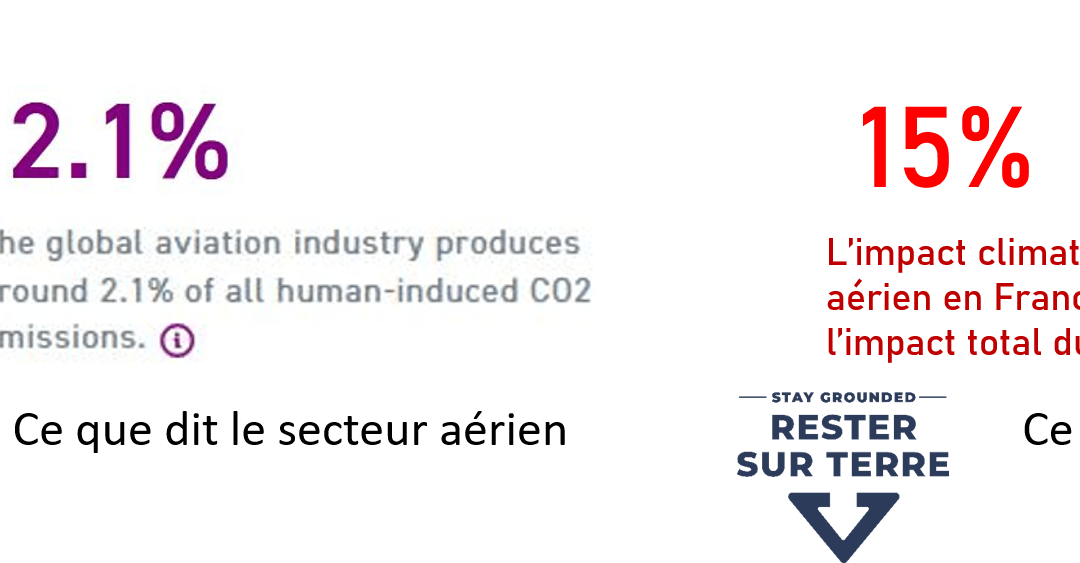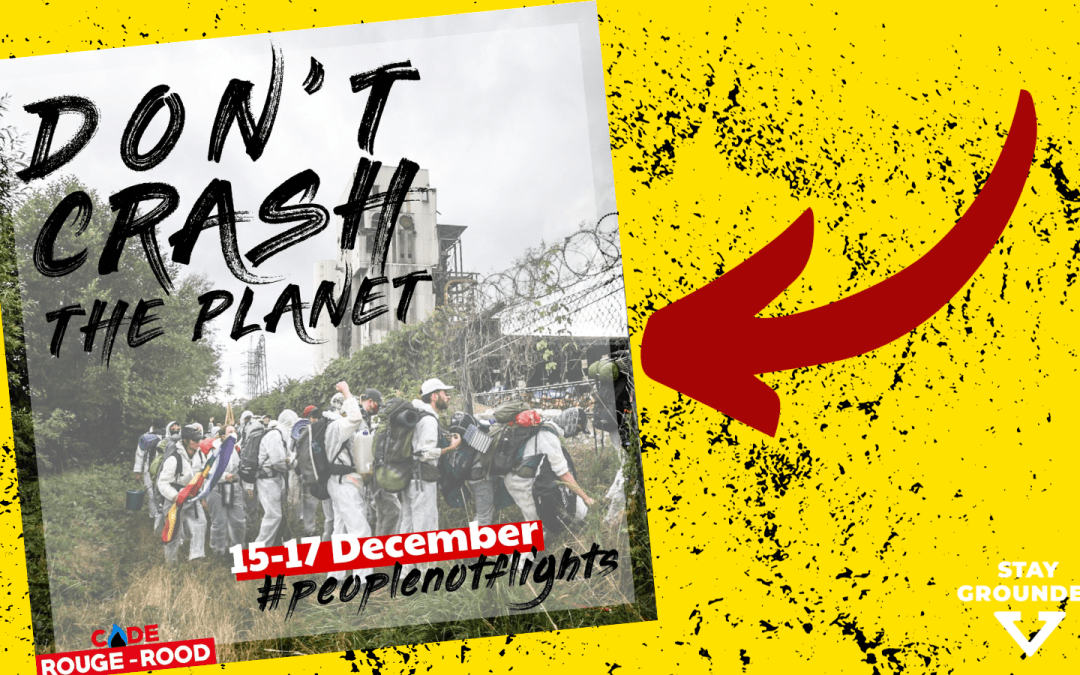While many understand the critique of aviation and support some of the policies proposed to curb aviation growth, it is difficult to imagine a long-term plan for the degrowth of aviation. What would long-distance travel look like? How would people work and travel on holidays?
Visioning exercises are useful when trying to imagine a different future. So, let’s travel to the future and imagine a new reality! We can imagine that we are in the year 2035 and that things have fundamentally changed. What would the world be like if the aviation industry has radically shrunk?
Increasing the value of work/life balance
Policies and institutions have limited aviation to a minimum: people only fly during exceptional circumstances, and long distance travel by other means is available to everyone, not just the privileged few. Long distance trips are reserved for once every few years. Then people really take some time for travelling. Decelerated lifestyles and work time arrangements enable slow travelling. We now have longer holidays, the possibility for switching working spaces, as well as sabbaticals.
Transitioning to a more just mobility system
There has been a process of just transition for those working in aviation and aviation-dependent sectors, such as mass tourism sites or airports. Social justice legislation enables long-distance travel for people with families in distant places, acknowledging the differences in how difficult it is for certain groups not to fly.
Other means of transportation enable long-distance and climate friendly travel: night trains, coaches, sailing and solar ships with renewable gears as well as air ships are used. They are somewhat slower, but quite comfortable. People still travel, visit and explore. Cross-border trains can be easily booked, have good connections and are affordable. They include separate carriages for families, sleeping, chatting and eating. Everyone loves train stations— they are a space where people from all over meet in the clean, comfortable and convenient waiting rooms, while childcare is offered at the playing sites.
Train rides and bicycles are often combined, and there is enough space for taking bicycles on the trains. There are still a few planes that are used for special circumstances, such as when people with migration background need to join his or her family for an emergency situation, or catastrophes are to be averted.
Inspiring new ways of connection
International cooperation and exchange has deepened. While people travel less distance in total, they experience deeper connections to places and people with slower modes of travelling. The journey itself is just as valuable as the destination. We travel less and slower, and have longer stays. We have accepted that ‘fast and long distance’ travel is not possible anymore (the same way that it is not possible to go to the moon for a visit).
This means re-localised networks, where world diversity is recreated in each locality, and good coordination and cooperation within this diversity. While visiting Algerian bars and Algerian friends it seems not so necessary to travel to Algeria. We experience more storytelling by travellers who tell about other parts of the world. There are no more tourists of the old kind, but rather visitors that we welcome in our homes — reconnecting with this part of humanity that used to welcome each other.
Strengthening local/regional economies
It also means more solidarity at the local level, including reduced consumption of products from far away. Instead, such products have become very special, and not for everyday consumption. Some formerly imported products are now produced locally instead. We give more value, in each locality, to local archaeology and nature, instead of focusing on touristic mythic monuments. This way, we have reconnected with the diversity around us.
Airports are recuperated for other purposes like adventure parks and museums of the old fossil history, and secondary houses have been recuperated for local inhabitants. There are quiet skies and healthy environments for everyone.
Societies have always and will continue to transform, and there are many futures possible. It seems easier to imagine climate breakdown than a world after capitalism — let’s try to create more vivid imaginations of the future we want!
————————-
This article was originally published within Stay Grounded’s Degrowth of Aviation report (Info Box #4, Ch. 6, pg. 28)



